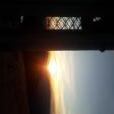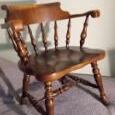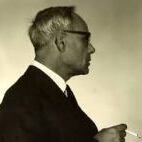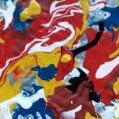PIEŚNI Z TRZECH ULIC, CHYLI AMERICAN MASTERPIECES
-
Ostatnio w Warsztacie
-
bazyl_prost 431
pewnie też@violetta
1
-
-
Najczęściej komentowane w ostatnich 7 dniach
-
- 58 odpowiedzi
- 999 wyświetleń
-
- 48 odpowiedzi
- 1 095 wyświetleń
-
- 47 odpowiedzi
- 889 wyświetleń
-
- 33 odpowiedzi
- 579 wyświetleń
-
- 32 odpowiedzi
- 624 wyświetleń
-












.thumb.jpeg.b5ae7bcef73c3501c1166879fc389fb7.jpeg)


Rekomendowane odpowiedzi
Jeśli chcesz dodać odpowiedź, zaloguj się lub zarejestruj nowe konto
Jedynie zarejestrowani użytkownicy mogą komentować zawartość tej strony.
Zarejestruj nowe konto
Załóż nowe konto. To bardzo proste!
Zarejestruj sięZaloguj się
Posiadasz już konto? Zaloguj się poniżej.
Zaloguj się